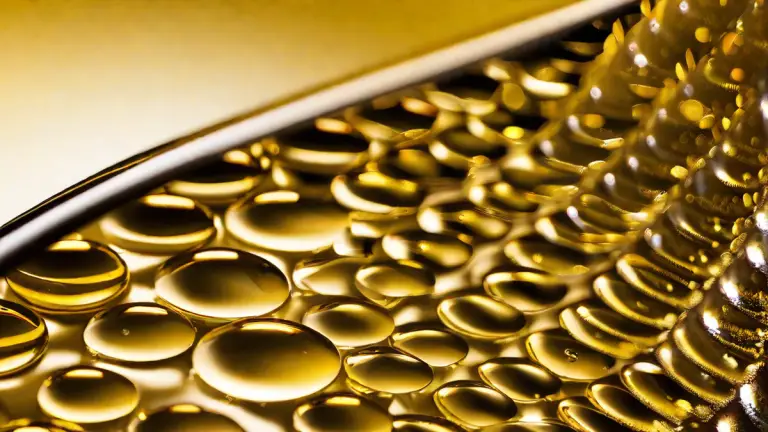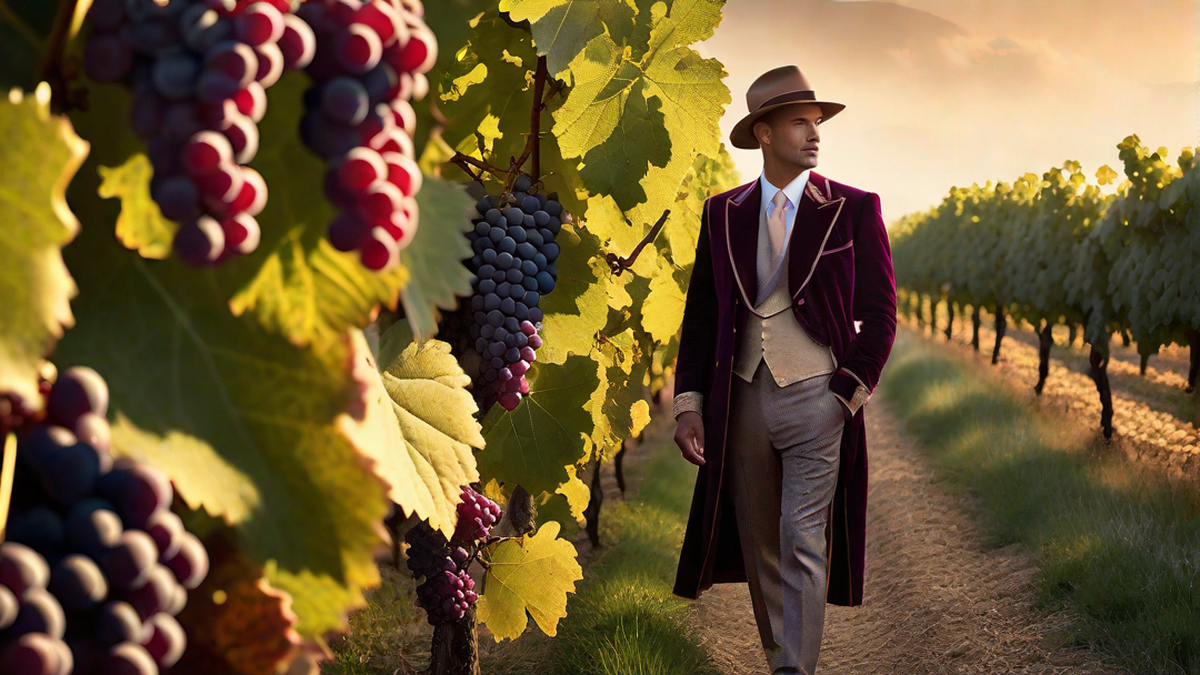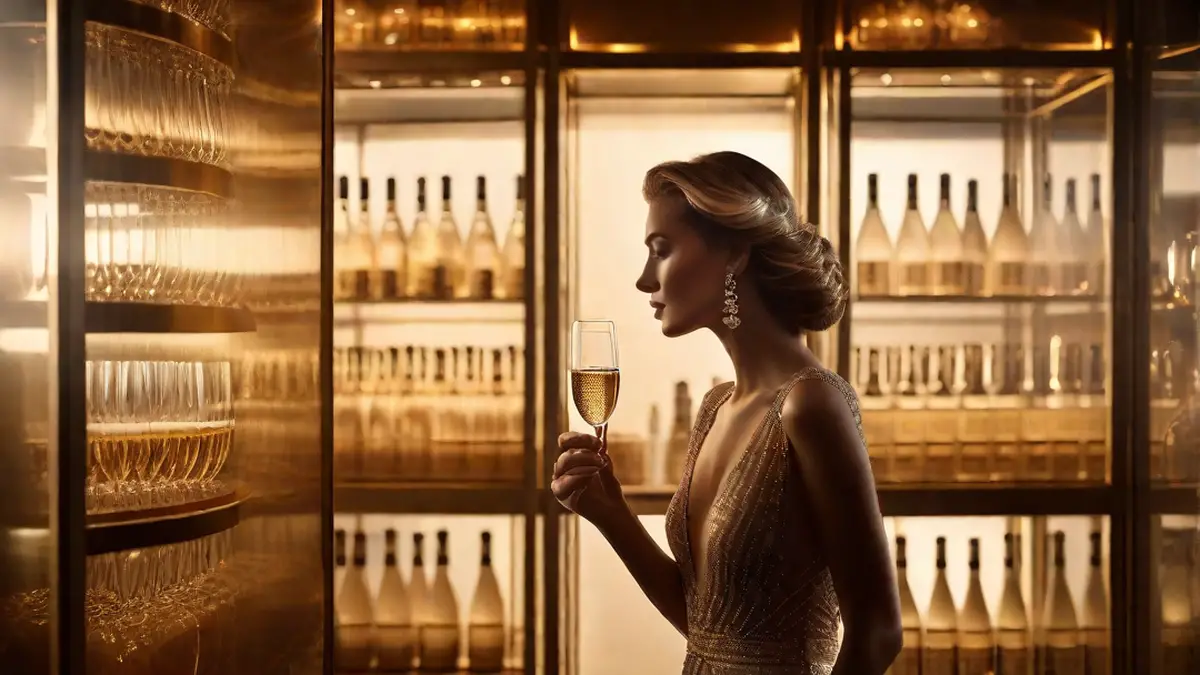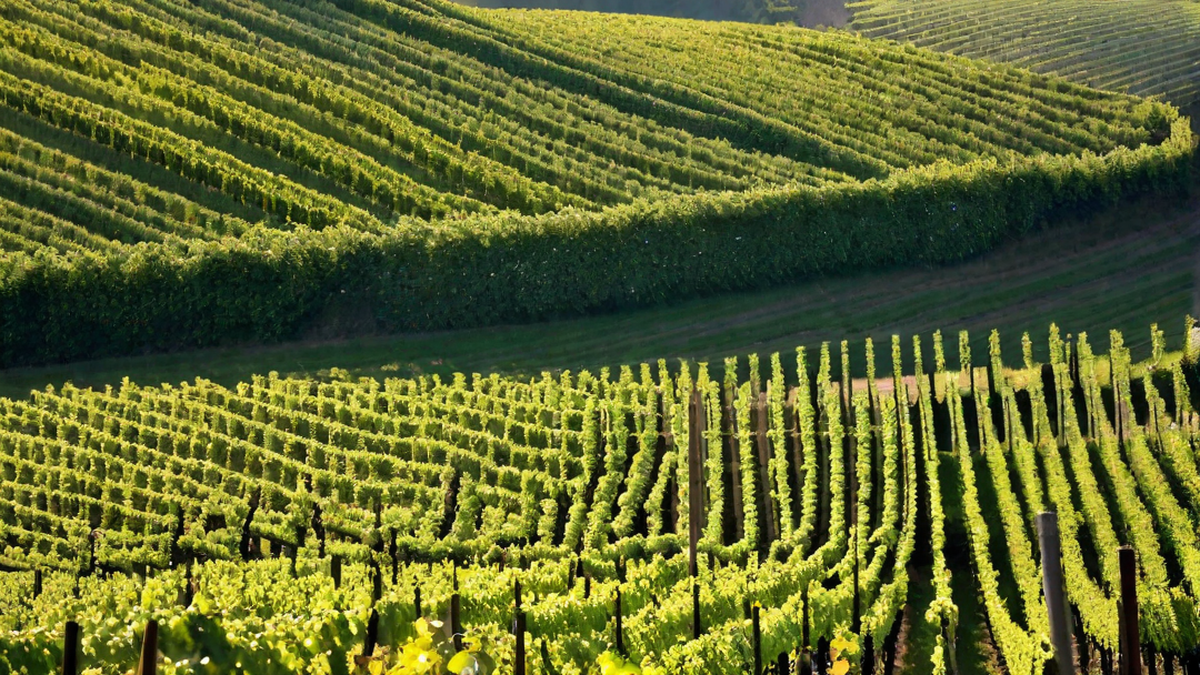Champagne – a bubbly wine beloved by countless people, synonymous with celebrations and luxury. However, have you ever wondered whether champagne is considered a white wine? As someone with a keen interest in wine, this question has often crossed my mind, and today, I am poised to dive deep into this topic and provide you with an exhaustive answer.
First and foremost, it’s essential to understand that champagne is indeed made from white grapes. The three primary grape varieties used in champagne production – Chardonnay, Pinot Noir, and Pinot Meunier – all have white or light-colored skins. This may come as a surprise to some, as Pinot Noir and Pinot Meunier are traditionally associated with red wines. However, in champagne production, these grapes are typically pressed gently to extract the juice while minimizing contact with the skins, resulting in a white or pale-colored base wine.
But what sets champagne apart from other white wines is the secondary fermentation that occurs in the bottle, which creates the characteristic bubbles we all love. This process, known as the traditional method or méthode champenoise, involves adding yeast and sugar to the base wine, which produces carbon dioxide and creates the effervescence. So while champagne begins its journey as a white wine, it transforms into something truly unique and distinctive.
Now, let’s talk about the flavors and characteristics of champagne. Just like white wines, champagnes can exhibit a wide range of aromas and flavors, from citrus and green apple to floral and toasty notes. The specific flavors and aromas of a champagne can vary depending on factors such as the grape varieties used, the aging process, and the winemaker’s style.
Champagne also boasts a remarkable level of complexity. The bubbles in champagne serve as a vehicle for carrying the wine’s flavors and aromas to your palate, enhancing your sensory experience. The effervescence adds a lively, effervescent texture, making champagne a delight to sip and savor.
It’s worth noting that while most champagnes are indeed white, there are exceptions. Rosé champagne, for example, is made by allowing the grape skins to remain in contact with the juice for a short period, giving the wine a beautiful pink hue. This process adds a hint of color and a touch of fruity flavors to the final product, making it a favorite choice for many champagne enthusiasts.
In conclusion, although champagne begins its journey as a white wine, its transformation through the secondary fermentation process and its unique characteristics set it apart from traditional white wines. The bubbles, complexity, and rich flavors make champagne a beloved and iconic beverage that can be enjoyed on countless occasions. So, the next time you pop open a bottle of champagne, remember that you’re not just savoring a white wine; you’re experiencing a true masterpiece of winemaking.




